With new technology, cities can build public transportation that is better than ever before. In the United States, public transit is improving, expanding multiple ways to get around the country: buses, trains, light rail, subways, streetcars, trolleys, ferries, and even water taxis.
In this article, we’ll talk about US cities with best public transportation, their rank, and insights on what city planners may take away from these systems.
10 US Cities With The Best Public Transportation
10. Portland, Oregon
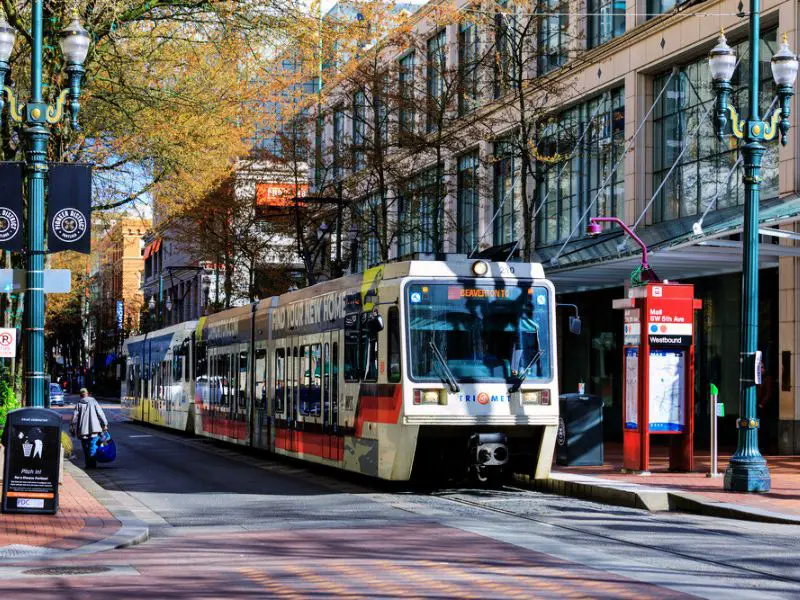
It’s not surprising that Portland, Oregon, citizens have a relatively excellent municipal transportation system, given how much they value the environment. Their bus and train system, TriMet, makes it simple and affordable for locals and tourists to get across the city.
Buses and trains operate around every 15 minutes throughout the day, and a light rail line connects to the airport. Additionally, the city offers the Hop Fastpass app, which streamlines managing fares and paying for trips using a smartphone. Another significant feature is that every transportation stop in Portland is ADA-accessible.
Median Listing Home Price: $549.9K
Cost of Living Index Score: 77.74
9. Pittsburgh, Pennsylvania
In Pittsburgh, commuters have access to buses and an underground light rail system. The Pittsburgh buses and subway are equipped with ramps or lifts to make them accessible to those with mobility issues. Leaving at 5 a.m., the T stops at 53 different stations. Until the clock strikes midnight daily, TrueTime-to-Text allows customers to get text notifications when a bus is approaching, which is helpful while waiting for the next trip.
Median Listing Home Price: $239K
Cost of Living Index Score: 91.9
8. Denver, Colorado
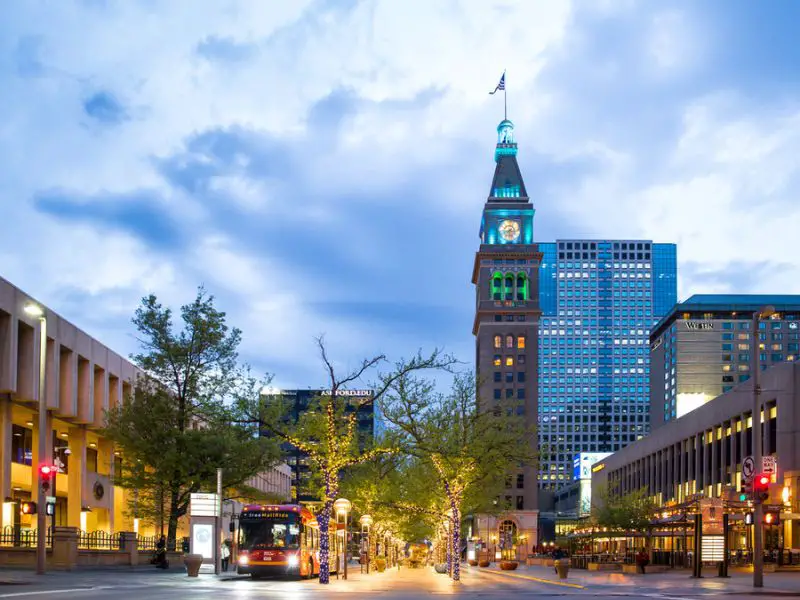
Denver has an excellent public transportation system, with 68.4% of inhabitants supporting the infrastructure. All stations are ADA accessible, and the city provides travelers with bus and train choices, with over 125 bus lines. These systems are readily linked to airports and sports venues. Train trips run from $2.60 to $9.00 depending on the distance, while day tickets for bus or rail for local service cost $5.20. Their simple transportation enables individuals to navigate the big metropolis daily with minimal effort.
Median Listing Home Price: $585K
Cost of Living Index Score: 128.7
7. Madison, Wisconsin
Madison, Wisconsin, is a small city home to the University of Wisconsin and is an excellent area for couples to start a family. Their Metro system is an example of a bus-only transportation scheme that effectively serves residents, tourists, and university students.
The city’s transportation department is changing the bus system, which about 12.9 million people use every year. As the city recovers from the pandemic, the government wants to know what the people think to improve the system. Collaboration like this, where the community helps and gives feedback, is an excellent method for ensuring that motorists’ needs are satisfied.
Median Listing Home Price: $374.9K
Cost of Living Index Score: 101.4
6. Los Angeles, California
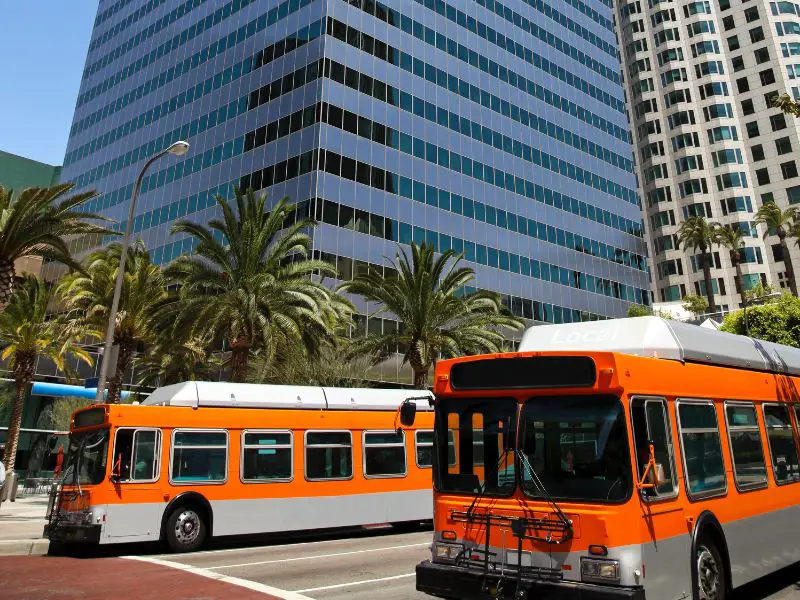
Even though Los Angeles, California, is well renowned for its automobile culture, the city has been making great strides to improve its public transit system. Public transportation in Los Angeles includes buses, bike-share programs, and a metro rail system with six lines connecting the city’s significant hubs to Long Beach, Hollywood, Pasadena, and Santa Monica.
Median Listing Home Price: $950K
Cost of Living Index Score: 176.2
5. Boston, Massachusetts
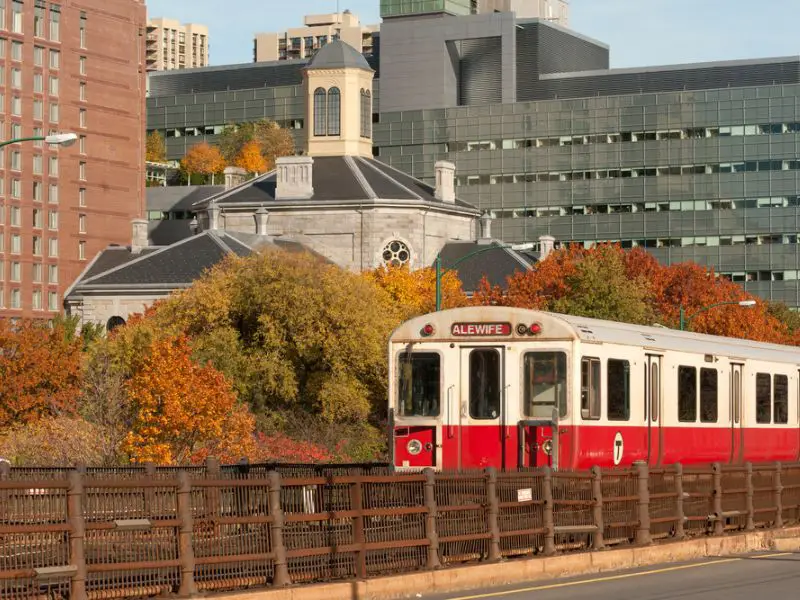
The Boston subway, also known as the T, has been carrying passengers since 1897, making it the nation’s oldest underground system. The modern T system consists of five independent lines linked to different bus stops—more than 30% of people in Boston commute to their jobs using public transportation. The T connects to many important spots, including Harvard University and the airport. Moreover, the T system uses 20% of electricity from renewable energy sources.
Median Listing Home Price: $795K
Cost of Living Index Score: 153.4
4. New York, New York
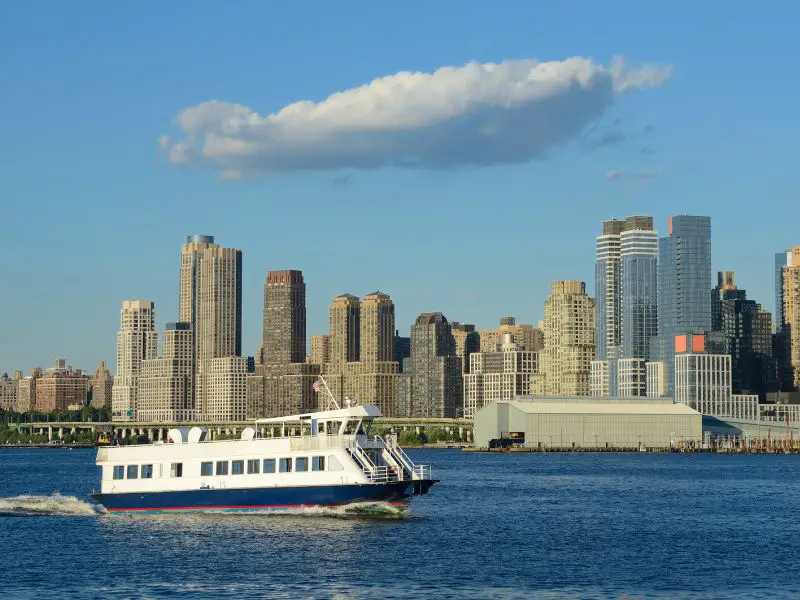
We can’t talk about public transportation in the United States without mentioning the Metro in New York City, which is the most extensive system in the country. On weekdays about 5.5 million people use the subway, and almost 1.7 billion people use it every year. There are 472 subway stations, but the most popular one is Times Square.
The city also has a sound bus system that an average of 2.2 million people use every weekday. Over 77% of residents use the system, and more than half of them use public transportation to get to work, which is more than any other city in the U.S. Along with commuter trains, subways, and buses, New York also has a ferry system for people who need to get around.
Median Listing Home Price: $755K
Cost of Living Index Score: 168.6
3. Washington, D.C.
The nation’s capital features one of the bustling and most heavily used public transit networks. The public transit system links Washington’s four quadrants to Virginia and Maryland communities. It also has one of the most extensive subway systems in the United States.
The local transportation authority, Washington Metropolitan Area Transit Authority, has been in operation since 1967 and operates the Metrobus or the D.C. circulator, which costs $1 and makes regular stops at the National Mall, Union Station, and the Smithsonian National Zoo.
Median Listing Home Price: $630K
Cost of Living Index Score: 154.4
2. San Francisco, California
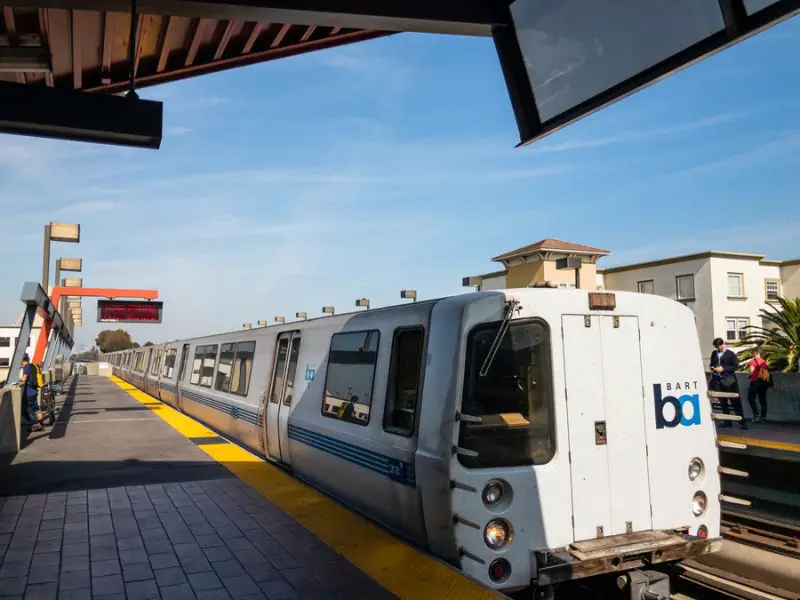
In addition to the historic cable cars, San Francisco now boasts a bus system, a light rail system known as the BART, and a municipal train known as the Muni. The city’s public transportation relies heavily on electricity, making it more energy-efficient and cost-effective than neighboring cities. Every day, there are around 220 million riders in San Francisco. Public transportation helps reduce the average commute time because traffic can get congested.
Median Listing Home Price: $1.3M
Cost of Living Index Score: 244
1. Seattle, Washington
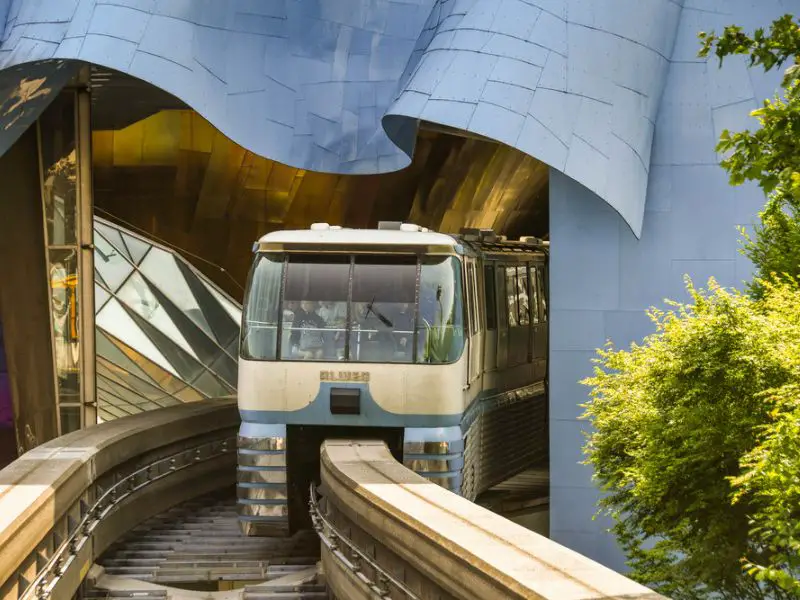
If other cities want to build adequate transportation infrastructure, they should look to Seattle as an example. Although it is not even close to being the biggest city in the United States, Seattle has an extensive public transportation network that includes water taxis, rail, buses, and streetcars.
According to a WalletHub analysis, Seattle’s ridership continues to increase as the city expands its service. The company placed Seattle first among 100 U.S. cities’ transportation systems based on accessibility, convenience, safety, dependability, and accessible resources. Every transportation stop in the city is ADA-accessible.
Median Listing Home Price: $850K
Cost of Living Index Score: 167.8
Why Do These Cities Have the Best Transportation?
These cities have invested in infrastructure around their citizens and will continue to do so. Many others will follow their lead and build excellent infrastructure that benefits everyone. Here is a rundown of some essential elements of good transportation.
Accessibility: Transportation systems that are more accessible and convenient to use encourage more people to use public transport, which leads to fewer traffic jams and a lower carbon footprint.
Convenience: Transit stations should be positioned in high-traffic regions, such as colleges, airports, and downtown districts, among others.
Cost-efficient: One of the best things about taking the bus or train is that you can save money on gas and commuting. This is why most people should be able to pay fair prices for tickets.
Options: The majority of the 10 leading cities with the highest public transportation score include a variety of modes of transportation, such as subways, trains, and buses. This provides passengers with additional options and possibilities to grab a ride regardless of where they are in the city.
Tourist-friendly: Visitors should find it simple to use and understand public transportation systems. This involves posting maps in several places and including all relevant materials, such as schedules and ticket information.
Technology: Riders nowadays like using their mobile devices to pay for services or upload funds. Consider developing an app that allows passengers to monitor and pay for buses and trains using their mobile devices.
Author’s Note
Better public transport infrastructure in U.S. cities provides better lives for its residents. Good public transportation reduces road congestion and eases traffic, which means less impact on the natural environment and reduces pollution. Opting for public transport can reduce the risk of accidents for commuters, and public transportation significantly reduces the chances of car accidents. As you can see, public transit is a holistic solution that can keep all happy and safer. For that reason alone, in the U.S., more and more cities are stopping promoting a sedentary lifestyle and switching to public transit to reap many benefits.
Related: E-Bikes, Sustainable Transportation

1 thought on “How to Get Around in the City: The Best Public Transportation Options in the US”